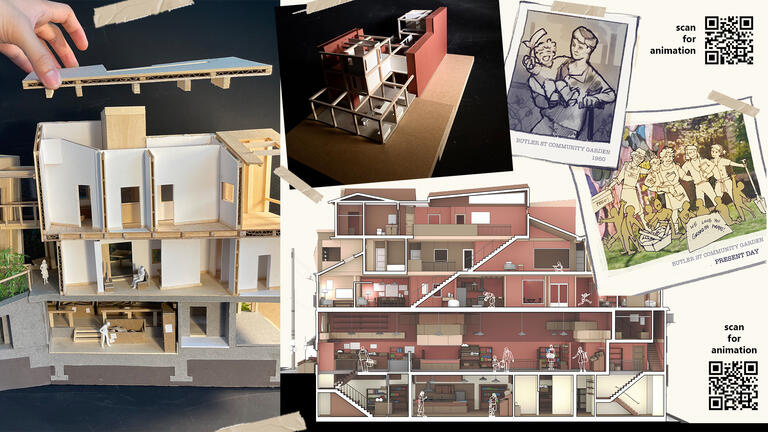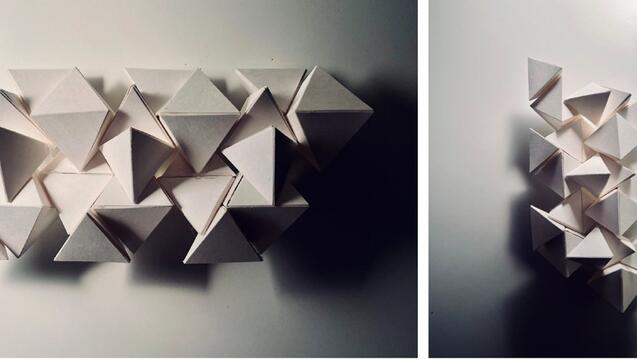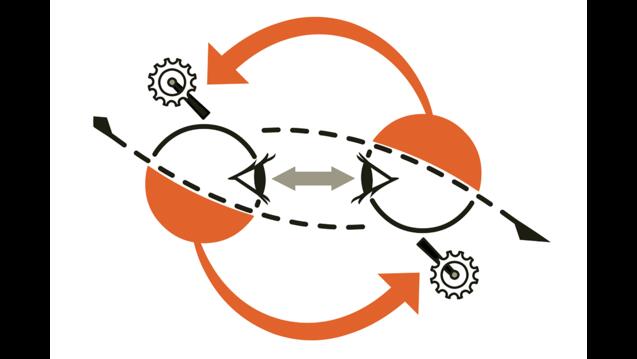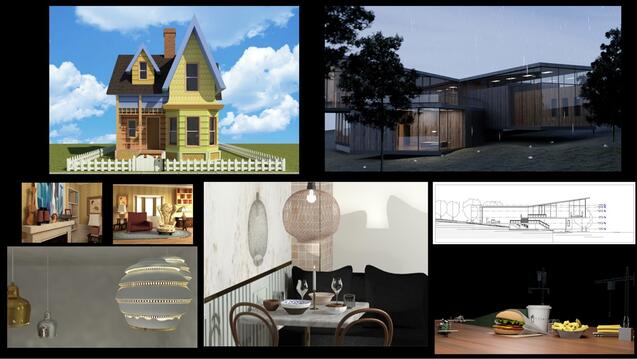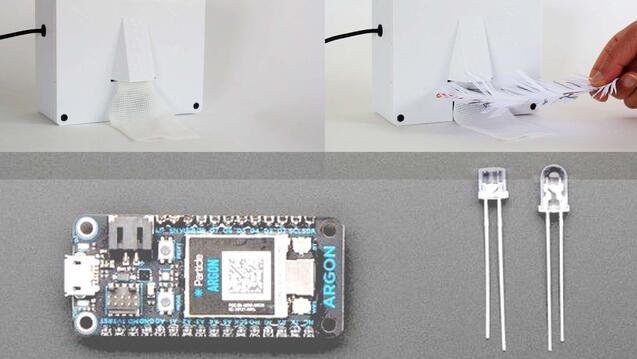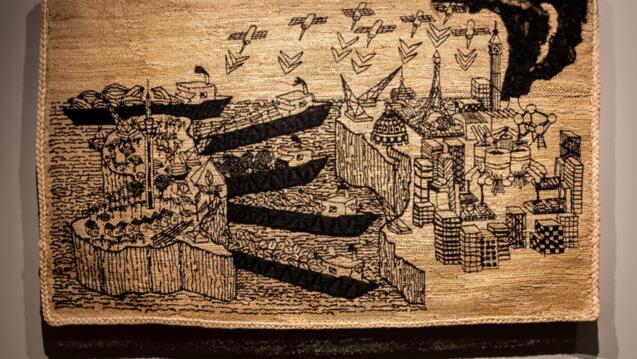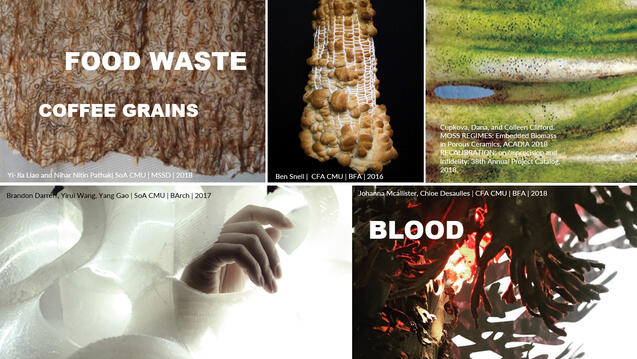This interdisciplinary course investigates design and making practices through the visual-perceptual, rule-based approach of shape grammars. The course delves into shape grammars in architecture, engineering and art, and its continued developments, and offers foundational knowledge of historical methods developed in the field, while also exploring new directions and questions for contemporary applications in situated making practices e.g. crafts, digital fabrication, art and robotics.
The Laboratory for Cybernetics enables students to engage with wicked challenges using models and methods from Cybernetics and Systems.
This course is designed to introduce students to 3D software tools (3 units each), including Autodesk AutoCAD 3D, Revit Architecture and/or 3D Studio MAX.
This course charts the emergence of the now connected world to explore the possibilities for future products and connected spaces with the Internet of Things (IoT). This introductory, hands-on course invites students without any knowledge of programming, electronics or systems to create connected products.
This course examines the making — and unmaking — of spatial and ecological violence. While the universalizing concept of the Anthropocene has become a convenient shorthand to understand agency in the age of changing climates, it elides the central role of systems of racial capitalism, colonialism and white supremacy in the destruction of human and more-than-human lifeworlds and erases other temporalities of disaster and survival.
This design-research seminar explores alternative material formations beyond our current petrochemical reality.
